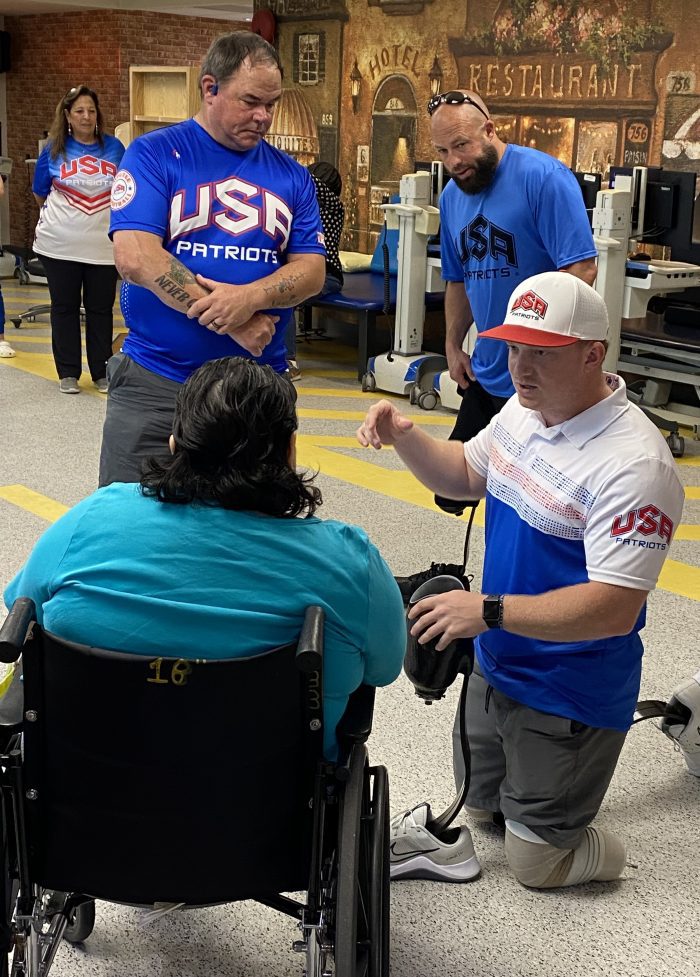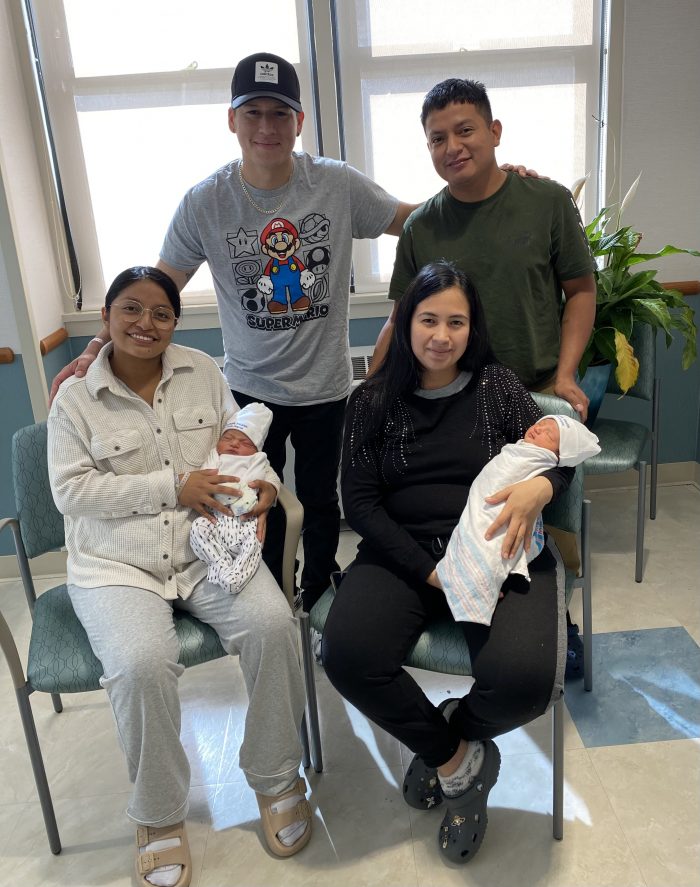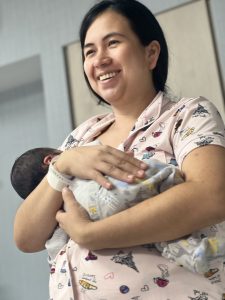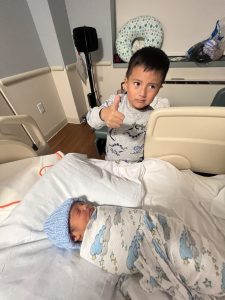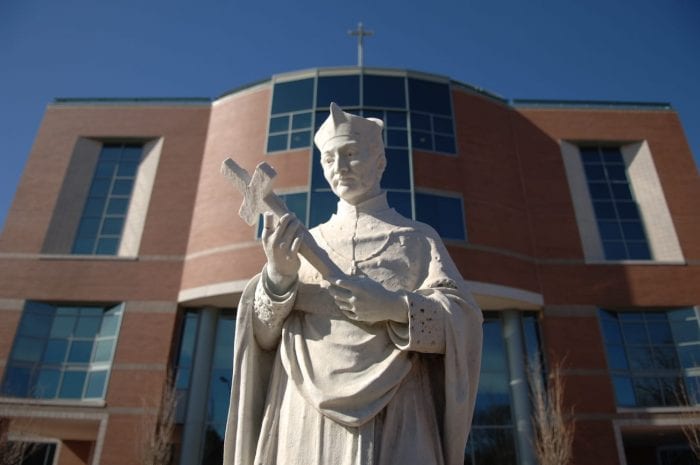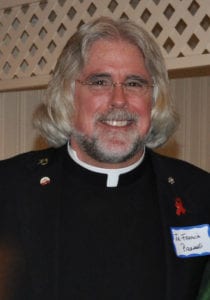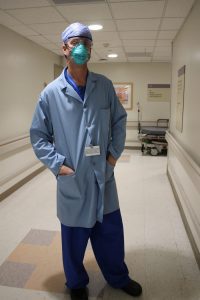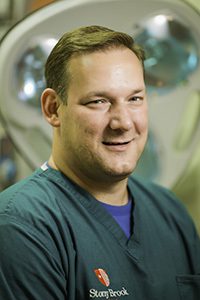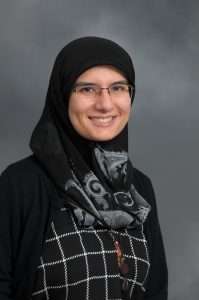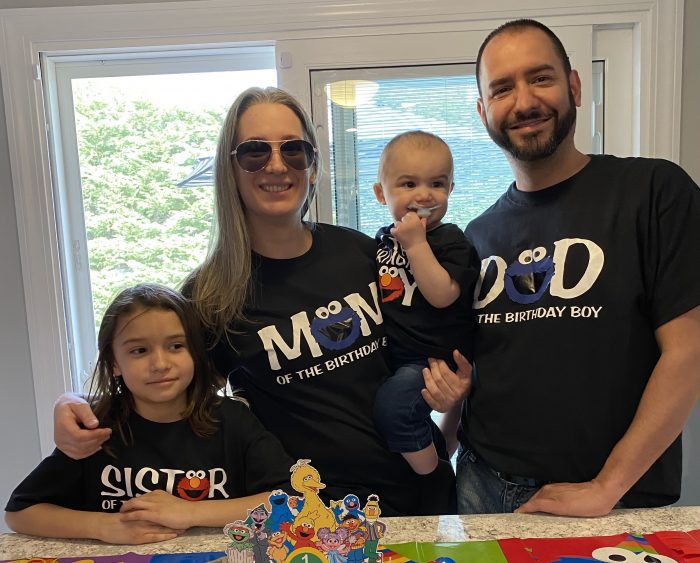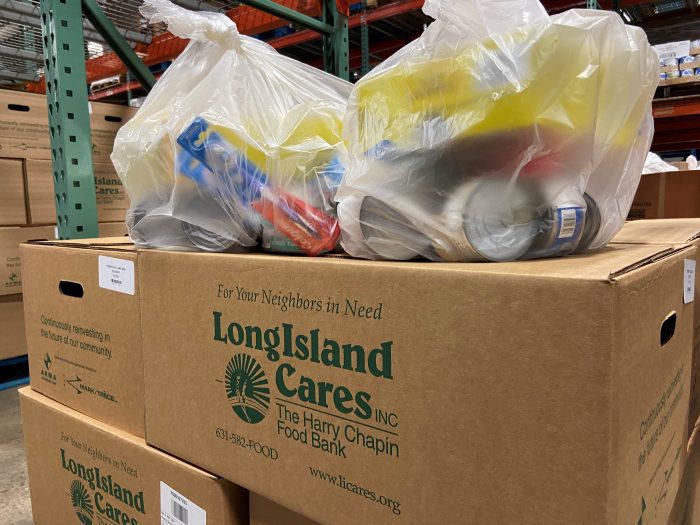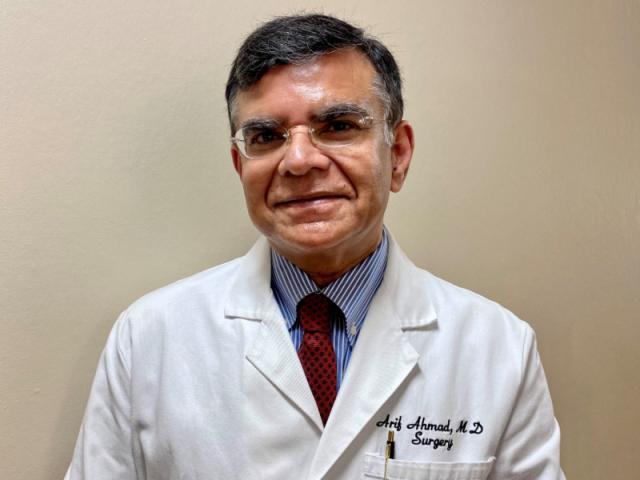By Christopher Schulz
Three members of the USA Patriots softball team — formerly known as the Wounded Warrior Amputee Softball Team — visited patients at the St. Charles Hospital in Port Jefferson Friday morning, June 14. The group initially met in the hospital’s recreational center before proceeding to meet the patients.
The softball players, Josh Wege, Jeffrey Hackett and Brian Gentilotti, shared their stories with the approximately 30 staff members and 10 patients.
Wege said he lost both his legs fighting in Afghanistan as a Marine in 2009. The military vehicle he was riding in hit a bomb that “turned into a landmine” which “traumatically amputated [his] right leg” and mangled his left leg. He now has two prosthetics in place of his lower legs.
Despite his traumatic injury, Wege keeps pushing forward.
“The biggest motivator I would say is to get my life back,” he said. “There are some things that you feel like are just taken away from you”. He later added that he “felt broken” inside that he did not have the same agility and speed he once had as a star athlete.
“You don’t want to feel broken so you start chasing the life that you had,” he said.
Hackett, on the other hand, pushes forward every day for his family. After losing his left leg, “I still wanted to stay in the Army so that pushed me to get back to a normal life,” he said.
In addition, Hackett expressed his respect toward the patients. “They all have their own story. It’s all about making goals and taking that step further,” he said.
One such patient, Shawn Coyle, does not need prosthetics but is in need of a wheelchair at all times. He has avascular necrosis affecting both hips. Coyle says he was diagnosed with the condition six months ago but has only been in the hospital for a couple weeks now.
He has already had surgery on one of his hips. The surgery for his other hip will happen in a few months. When asked about how he felt about the softball players coming, he jokingly responded that he wanted to play with them.
“I like softball,” Coyle simply stated. He also found it “inspiring” to see them and would love to play again his own sports — basketball and baseball — someday. “It’s a process but you’ve got to just keep working at it,” he said. “I feel like they’re like regular people,” referring to the players.
Both Wege and Hackett expressed their desire to come back to St. Charles Hospital or any other hospital to visit and support people who are in the same position they were once in.
“You either stay where you’re at or you just keep inching forward every day and try to get your life back. We like to give that message to people and even talk to kids in schools because they’re curious and they have never met a wounded warrior before, [especially] at the state that we’re at,” Wege said.
“This is stuff we like to do,” Hackett agreed.

